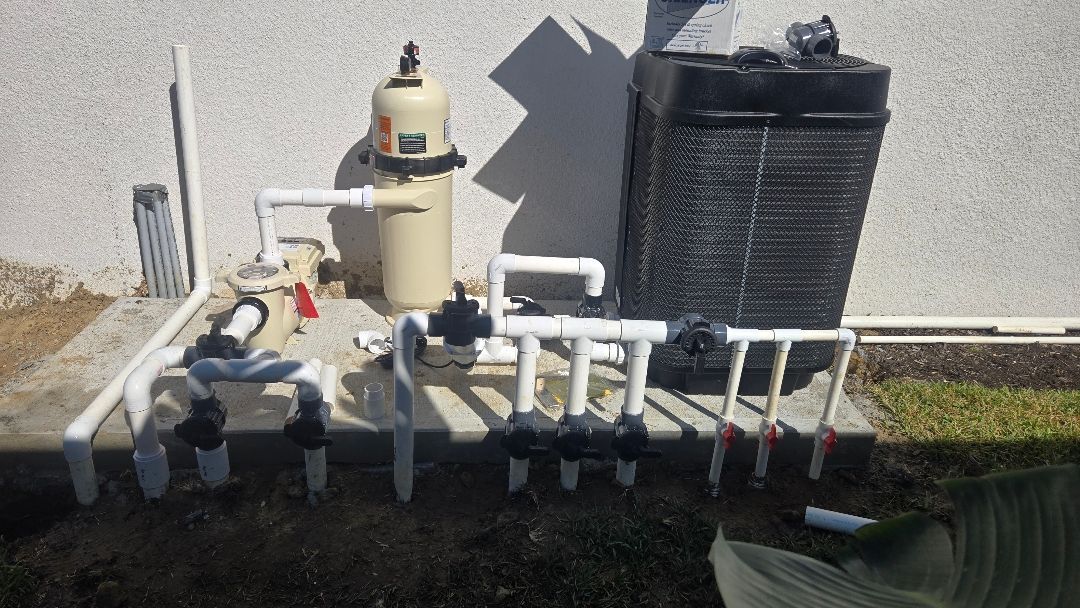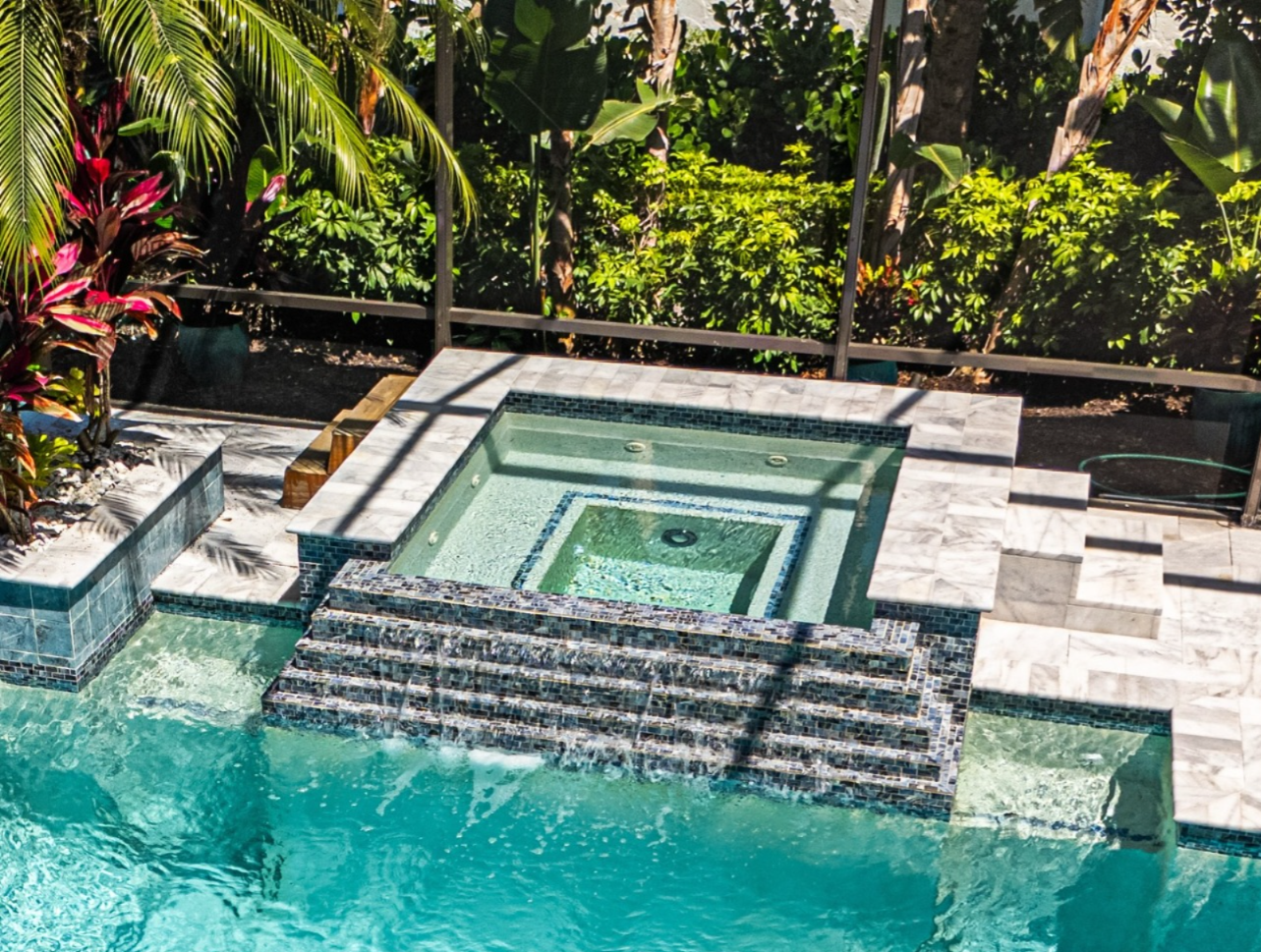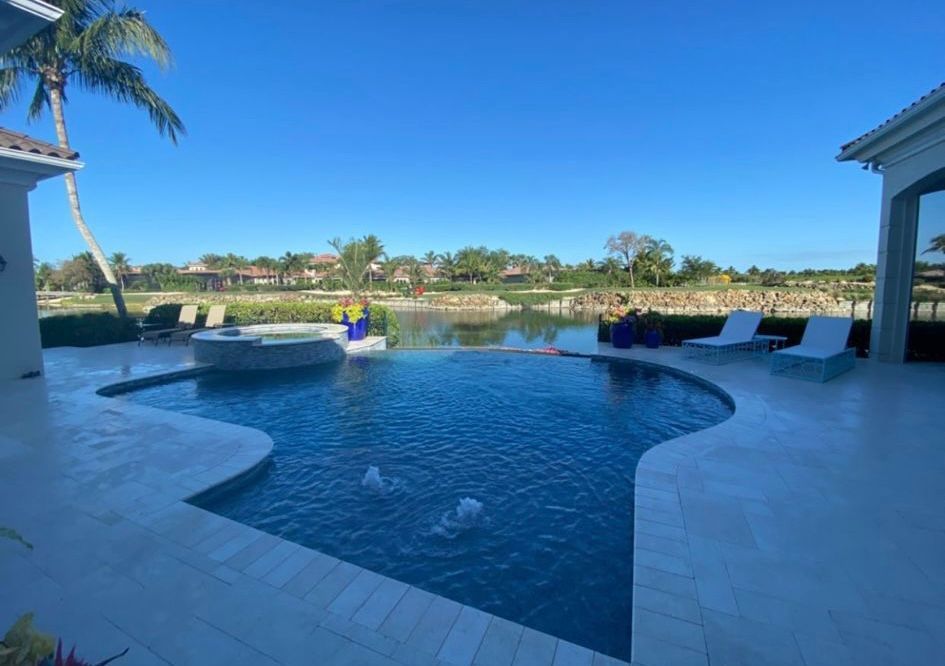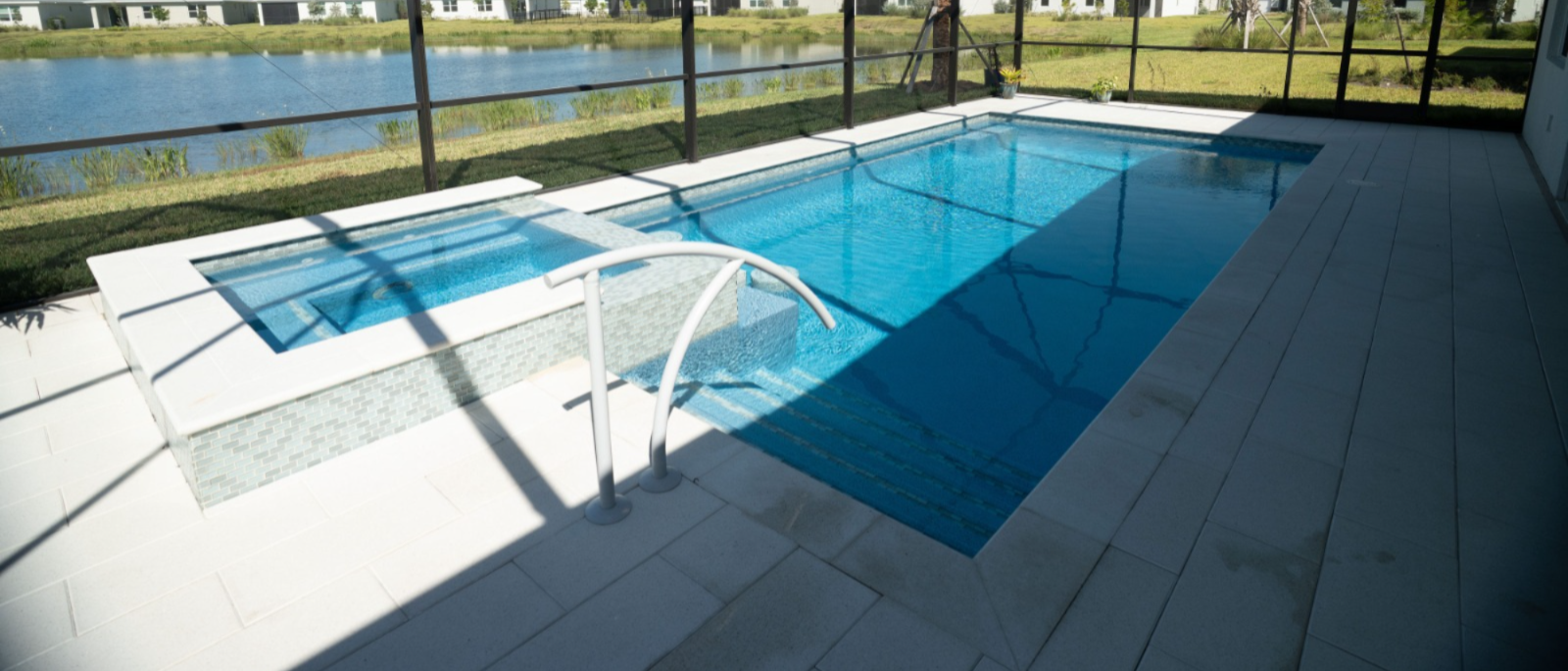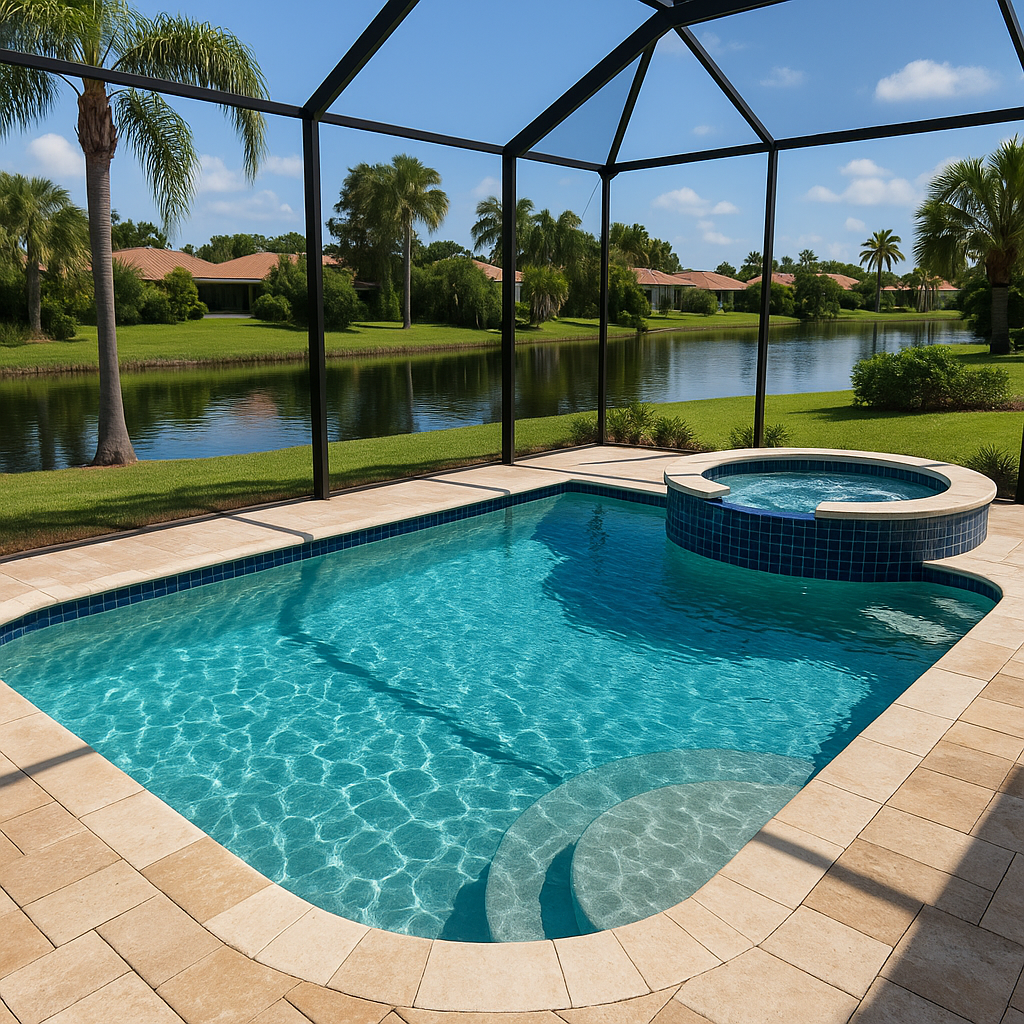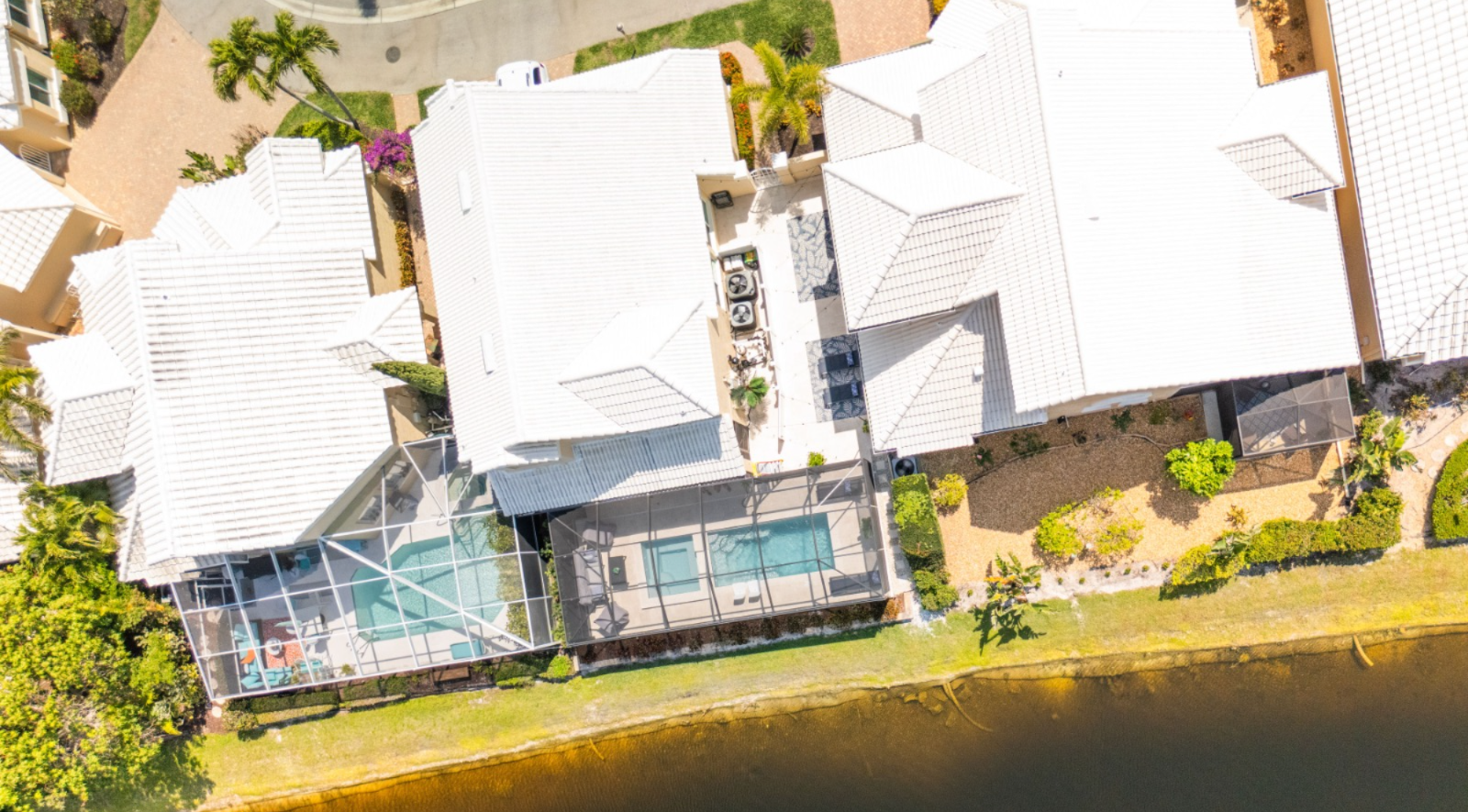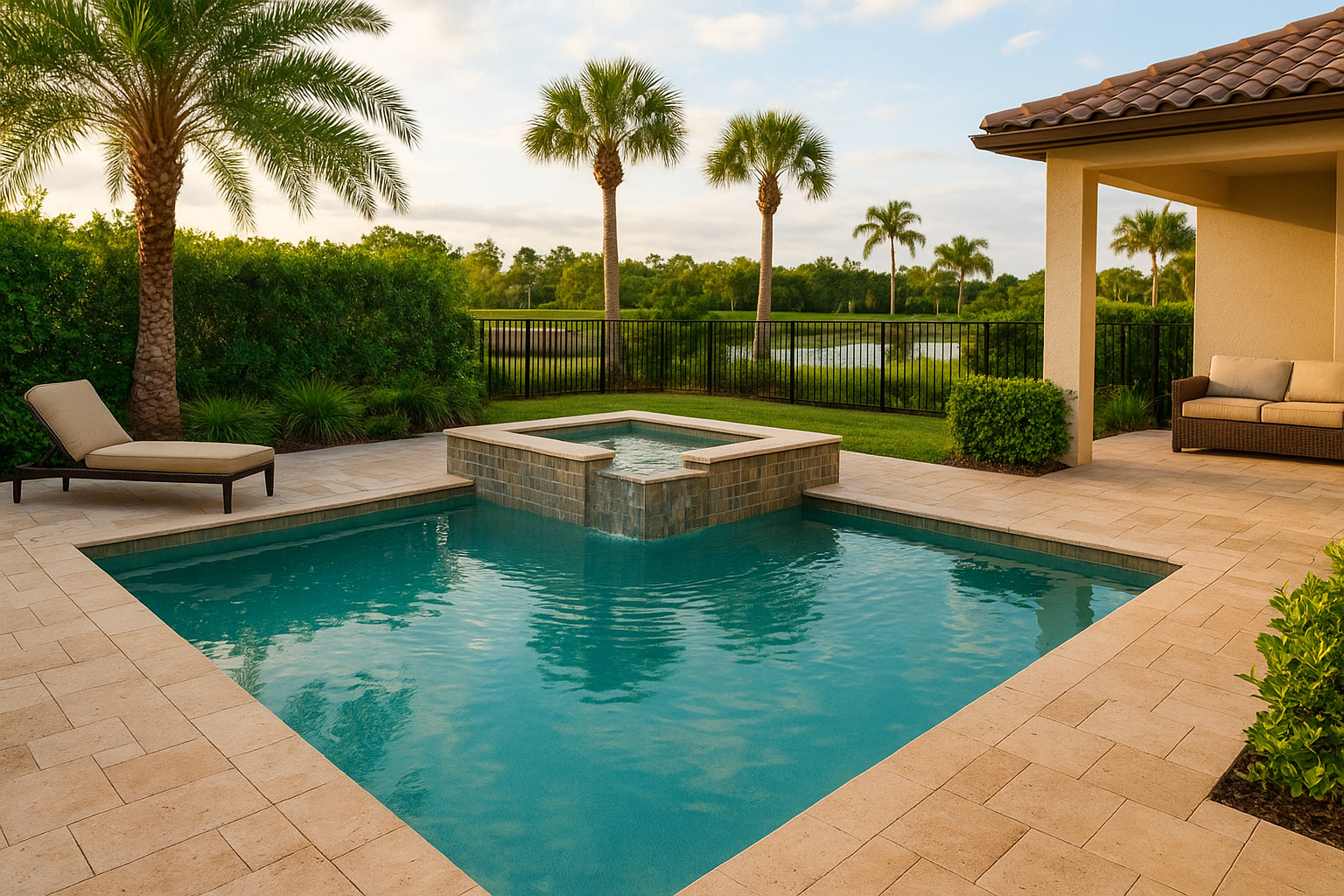Pool Algae Won't Go Away? It's Time to Check for Phosphates
What Are Phosphates and Why Are They a Problem?
As a pool owner, you know that keeping the water sparkling clean can feel like a constant battle. The problem is often blamed on chlorine or pH levels, but there's a lesser-known factor that could be sabotaging your efforts: phosphates.
Phosphates are chemical compounds that contain phosphorus. In your swimming pool, they act as a super-powered fertilizer for algae. Think of them as algae's favorite food. While chlorine is busy killing algae, if there's a high level of phosphates, the algae can reproduce so fast that the chlorine simply can't keep up.
This creates a vicious cycle: your water turns green or cloudy, you add more and more chlorine, but the problem keeps coming back. If this sounds familiar, high phosphate levels are most likely the cause.
Common Sources of Phosphates in Your Pool Water
Phosphates don't appear out of nowhere. They get into your pool water in a variety of ways:
- Rainwater and Runoff: Rain can wash fertilizers from nearby lawns and gardens into your pool. If you have plants or a garden around your pool, the risk is higher.
- Organic Debris: Leaves, grass clippings, pollen, and insects that fall into the water all break down and release phosphates.
- Fill Water: In some areas, tap water or well water already contains high levels of phosphates.
- Pool Chemicals: Ironically, some products, like certain stain removers or clarifiers, can contain phosphates.
- Swimmers: Residues like lotions, sunscreens, and even sweat can introduce these compounds.
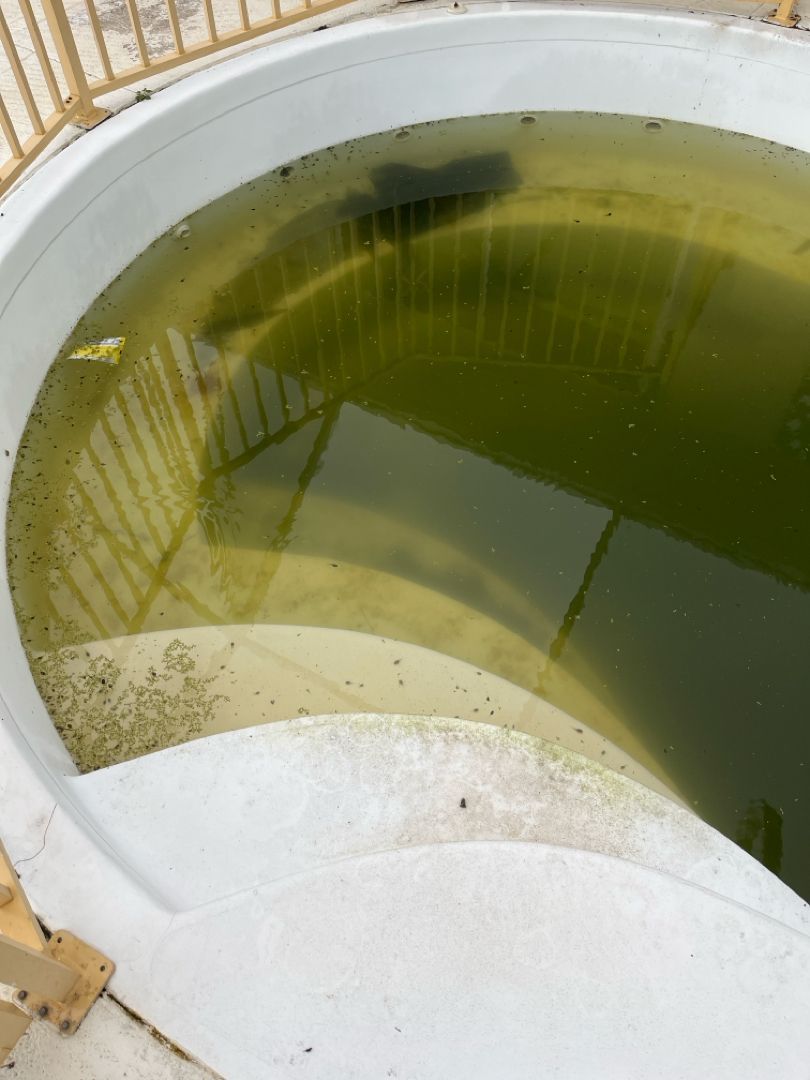
How to Tell if You Have a Phosphate Problem
The clearest sign is a persistent presence of algae even when your chlorine, pH, and alkalinity levels are all correct.
To be sure, you can perform a specific test. Phosphate test kits are available and measure their concentration in parts per billion (ppb). A level above 100 ppb is considered high and problematic, and anything above 500 ppb requires immediate action.
Step-by-Step Guide to Removing Phosphates
Once you've confirmed that phosphates are the issue, it's time to take action. Follow these steps to get your pool back under control:
- Add a Phosphate Remover: Use a chemical product specifically designed for this purpose. These products contain compounds that bind with the phosphates, making them clump together so they can be captured by your filter.
- Clean Your Filter: This is a crucial step. The phosphate remover causes the particles to collect in your filter. If you don't clean it, the phosphates can be released back into the water. Thoroughly backwash or rinse your filter after the treatment.
- Run the Filter: Make sure your pool's filtration system runs for at least 8-12 hours a day, or even longer during the treatment process.
- Regular Cleaning: The best form of prevention is consistent cleaning. Skim leaves and other debris from the surface with a net, and vacuum the bottom of the pool regularly to remove organic matter before it breaks down.
Prevention: Keeping Phosphates at Bay
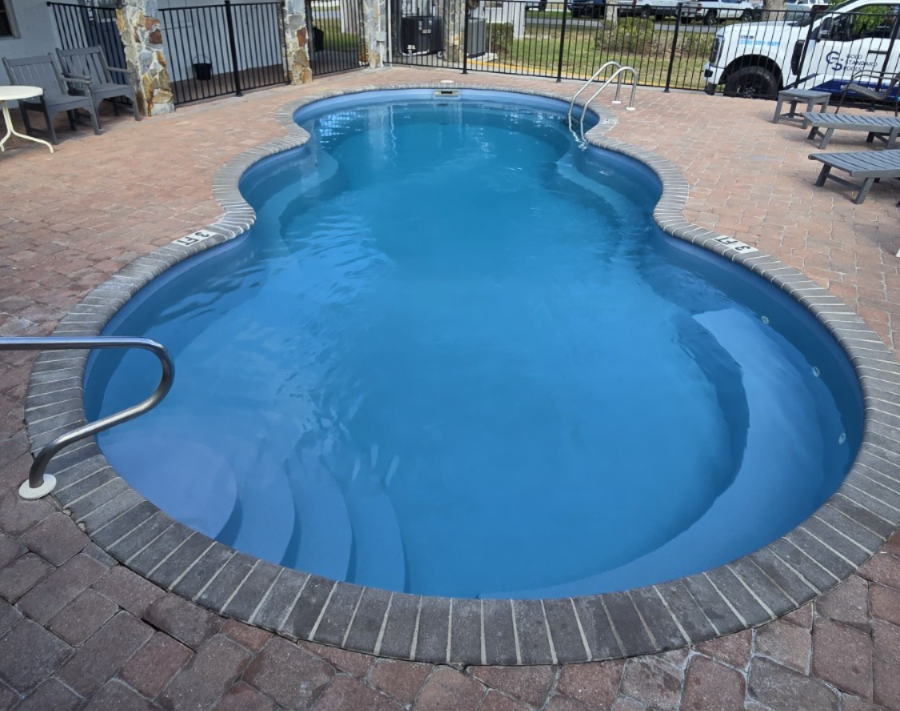
Once your phosphate levels are low, prevention is key.
- Control External Sources: Be mindful of fertilizers used near the pool. Consider using a hose filter if your fill water is high in phosphates.
- Use Phosphate-Free Products: Choose clarifiers, metal removers, and other chemicals that do not contain phosphates.
- Constant Maintenance: Good routine maintenance is always your best defense.
If your pool's algae problem is a recurring nightmare or if you simply want to enjoy your water worry-free, don't hesitate to contact us. We can perform a full analysis and apply the right treatment to make your pool the paradise it should be.



